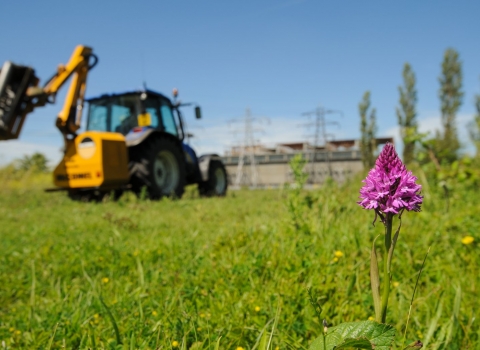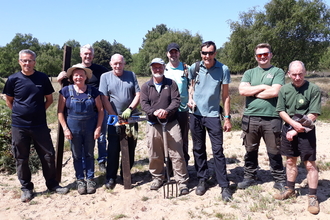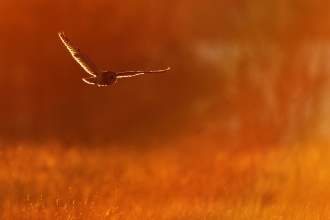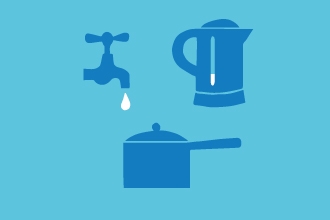Built development may cause serious harm to wildlife, but it doesn’t have to
With the right design and sympathetic location, development can also provide a real lifeline for nature.
Our planning role is as much about promoting positive outcomes as it is about opposing harmful proposals. We're committed to working in partnership with planners, developers, communities and other environmental bodies across Lancashire, Manchester and North Merseyside, as well as offshore, to ensure that development decisions safeguard established wildlife and create much-needed networks of new habitats.
When do we comment on planning applications?
Our 26 local planning authorities and the marine planning authority for the adjacent Irish Sea receive more than 40,000 planning applications a year. Due to the sheer volume of these applications, our five part-time Area Conservation Officers can't cover every case. To make the best use of our charity's resources, we focus on the cases where we feel we can make a real and positive difference for our region's special wildlife and wild places.
How we prioritise responses
We're committed to ensuring that development decisions safeguard established key wildlife sites, populations and networks; and maintain, restore and create much-needed new networks. Our goal is to see 30 per cent of our area managed in some way for wildlife before 2030.
We put a great deal of effort into strategic or forward planning, such as in Greater Manchester and Liverpool City Region’s spatial plans, and our 25 district councils’ and one county council’s respective Local Plans. In each of those regularly revised plans, our local councils propose where new developments would best be located in the future and what environmental policies should be applied when making decisions on individual planning applications in their area. In this way, we to try to reduce the frequency of conflict between development and wildlife protection at an early stage and to ensure that each plan has good, defensible policies on nature. The North West Marine Spatial Plan seeks to do the same in the adjacent Irish Sea.
We're committed to ensuring that development decisions safeguard established wildlife and create much-needed networks of new habitats
We then prioritise responses to those areas of our patch where we have most local knowledge: for example, close to our own nature reserves and through our local projects delivering nature’s recovery off our own land. Applications or plans that would significantly impact sites designated for their wildlife value, such as Marine Conservation Zones (MCZ), Sites of Special Scientific Interest (SSSI) and Local Wildlife Sites (LWS), will also be given a high priority; as will very large national infrastructure proposals such as new motorways, tidal energy schemes or high-speed railways.
Occasionally, we’ll get involved with applications outside of those areas: for example, if it's possible to secure a hugely positive outcome for nature where it has already been degraded, or if the proposals relate to our own offices and visitor centres.
- Find out when your local planning authority is consulting on its Local Plan and insist on strong policies to protect wildlife and wild places.
- Respond to planning application consultations and ask for new wildlife habitat to be created as part of major developments.
- Find out if your parish or town council is putting together a Neighbourhood Plan. If so, you can seek the creation of new wildlife-rich green space as part of that plan, and protect existing local natural areas and networks.
- Respond to planning applications that you think could damage wildlife or wild places or that have the potential to expand, connect or create more areas for wildlife. Let your locally elected councillors and those on the council’s planning committee know why you’re commenting, whether you’re supporting or objecting, or suggesting improvements. Your local councillor is there to help you.
- Make a note of animals and plants that are present in your local area and tell the relevant biological record centre: Lancashire Environment Record Network (LERN), Greater Manchester Local Record Centre (GMLRC), or Merseyside BioBank.
Find out more about planning policy and the planning system.
- Monitor wildlife by taking part in community science surveys, including bird, bug and butterfly counts. Alternatively, you don't have to join an organised survey - use the iNaturalist app to record all of the plants and animals you see, or keep your own records for submission to your local biological records centre.
- Check that the habitat and species data for your area is up to date using Defra's Magic Map.
- Keep an eye out for damage to the natural environment and report it to the relevant local organisation.







